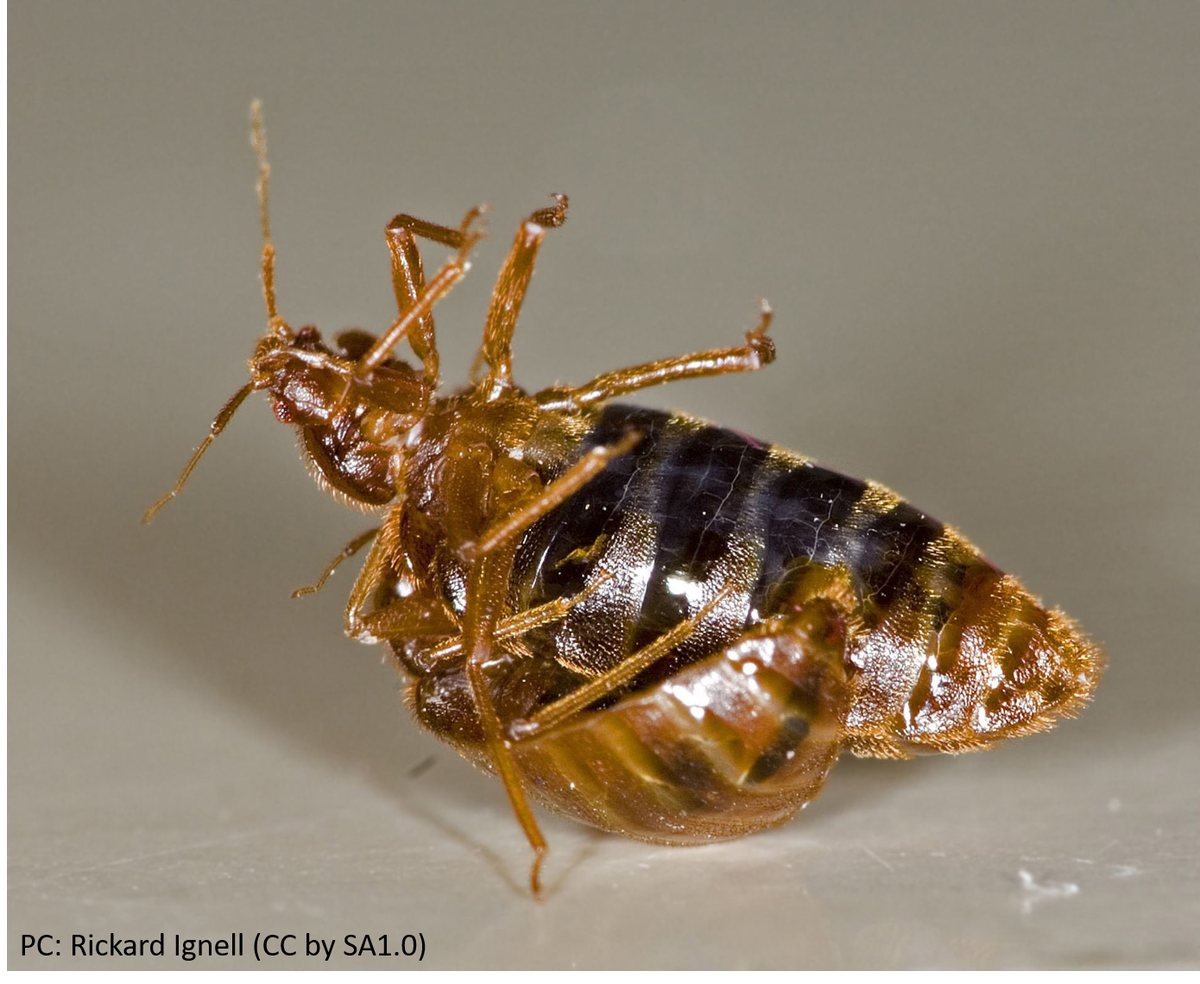
Real Entomologists, @Stylopidae, @Ms_Mars, and @SciBugs answer your questions about bugs!
Shoot us a question below!
How to get URL link on X (Twitter) App

https://twitter.com/audstronaut/status/10309239671823237131.) They may be attempting to bury it, especially if it's on a hard surface.
https://twitter.com/battielove/status/1033392419990134786So...first, I believe that these people are accurately describing their perceptions of medical issues.

 Jay Traver was one of the early entomological pioneers. Her career centered mainly around aquatic insects, specifically mayflies.
Jay Traver was one of the early entomological pioneers. Her career centered mainly around aquatic insects, specifically mayflies.
 So, for the first tweet in this series, let's put these rumors to rest with data.
So, for the first tweet in this series, let's put these rumors to rest with data.

https://twitter.com/WyoWeeds/status/1028994862564032513It's not really known when humans started using pesticides.

 When we think of venom or poison, we typically think about the act of eating...and for good reason.
When we think of venom or poison, we typically think about the act of eating...and for good reason. https://twitter.com/chrissyteigen/status/1022365714106085378With respect to the replies in @chrissyteigen's thread, it's easy to see how the whole situation can be confusing. If you see a bunch of people arguing, it's hard to know who knows their stuff.

https://twitter.com/farmdogag/status/1018467327300521984Resapamea stipata isn't one of the big corn pests that we're used to seeing, and I actually had to do some serious digging to find any agriculture information.


 Fruitless is an insect-specific gene which turns on the developmental pathways needed for mating behaviors to happen in insects.
Fruitless is an insect-specific gene which turns on the developmental pathways needed for mating behaviors to happen in insects.
 Again, before we continue...bed bug sex does not resemble anything human sex should resemble.
Again, before we continue...bed bug sex does not resemble anything human sex should resemble.https://twitter.com/BugQuestions/status/1011072704978485248

 We've gathered our data by soliciting questions primarily from non-scientists through email and Facebook, and we analyze those questions to see what patterns are constant.
We've gathered our data by soliciting questions primarily from non-scientists through email and Facebook, and we analyze those questions to see what patterns are constant.
https://twitter.com/AWorldOutOfMind/status/1010288323963867141Take a look at the insects in the original tweet from @natevanwechel and compare them to the sawflies below.
https://twitter.com/natevanwechel/status/1010140537117138944




 Medflies are one of the most damaging pests in the world because they feed directly on the most valuable parts of plants, rendering fruit inedible before harvest.
Medflies are one of the most damaging pests in the world because they feed directly on the most valuable parts of plants, rendering fruit inedible before harvest.
So, I guess the first question...why bats?
External Tweet loading...
If nothing shows, it may have been deleted
by @noahnoah40 view original on Twitter

We've been keeping bees for 5,000 years+ and what we called the various classes of bees was closely tied to the societies naming those classes.
External Tweet loading...
If nothing shows, it may have been deleted
by @HankCampbell view original on Twitter